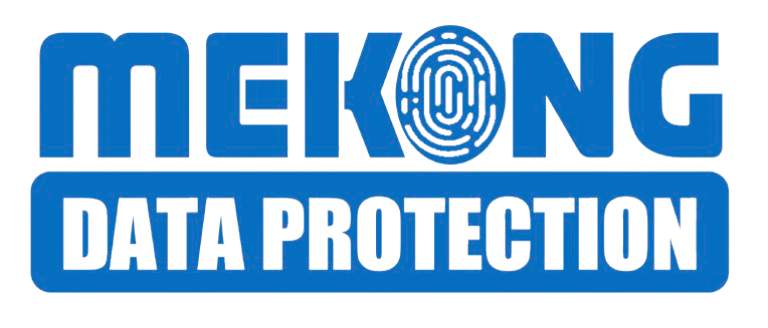Understanding the Difference Between Data Privacy and Data Security
In the digital world, terms like data privacy and data security are often used interchangeably. However, while they are closely related, they serve distinct purposes. Understanding the difference between these concepts is crucial for individuals, businesses, and policymakers navigating the complexities of protecting sensitive information. This blog will break down the nuances between data privacy and data security and why both are essential in today’s data-driven age.
DATA PRIVACYDATA SECURITY
Pheakdey Heng
8/6/20242 min read
What Is Data Privacy?
Data privacy focuses on who has access to data and how that data is collected, stored, and shared. It revolves around ensuring that personal information is handled responsibly and in compliance with relevant laws and regulations.
Key aspects of data privacy include:
1. Consent: Ensuring individuals agree to the collection and use of their data.
2. Transparency: Informing users about what data is being collected and why.
3. Control: Allowing individuals to manage their data, such as opting out or requesting deletion.
4. Compliance: Adhering to data protection laws like GDPR, CCPA, or Thailand’s PDPA.
Example: When you sign up for a service online, data privacy determines whether the company collects only the information they need and whether they inform you about how your data will be used.
What Is Data Security?
Data security focuses on protecting data from unauthorized access, breaches, or corruption. It involves implementing technical measures and protocols to ensure that data is safe from threats.
Key aspects of data security include:
1. Encryption: Scrambling data so only authorized users can read it.
2. Access Control: Ensuring only authorized individuals or systems can access data.
3. Firewalls and Antivirus Software: Preventing unauthorized access or malware.
4. Incident Response Plans: Preparing for and mitigating data breaches or cybersecurity attacks.
Example: A company uses encryption to secure sensitive customer information, such as credit card details, from hackers.
Why Are Both Important?
While distinct, data privacy and data security work together to protect personal information:
• Without data privacy, even secure systems could misuse personal information.
• Without data security, private data could be exposed to malicious actors.
For instance, an online retailer might have robust privacy policies that govern how customer data is used, but without adequate security measures, that data could still be stolen in a cyberattack.
Challenges in Data Privacy and Security
1. Rapid Technological Advances: Emerging technologies like AI and IoT create new challenges for privacy and security.
2. Global Data Transfers: Businesses must navigate varying privacy laws across borders while maintaining security standards.
3. Cyber Threats: As threats like ransomware grow, ensuring security becomes increasingly critical.
How the Mekong Center for Data Protection (MCDP) Helps
At the Mekong Center for Data Protection, we recognize the intertwined importance of privacy and security. Our initiatives include:
• Training and Awareness: Workshops on implementing privacy policies and security measures.
• Guidance on Compliance: Helping organizations meet both privacy and security requirements.
• Advocacy: Promoting harmonized regional frameworks that address both aspects.
Conclusion
Data privacy and data security are two sides of the same coin. Privacy focuses on how data is used and shared, while security ensures that data is protected from threats. For a comprehensive data protection strategy, individuals and organizations must prioritize both.
By understanding the distinction and interplay between privacy and security, we can create a safer and more trustworthy digital ecosystem.
Want to learn more? Explore MCDP’s resources or join our upcoming workshop to enhance your knowledge and skills in data protection.
